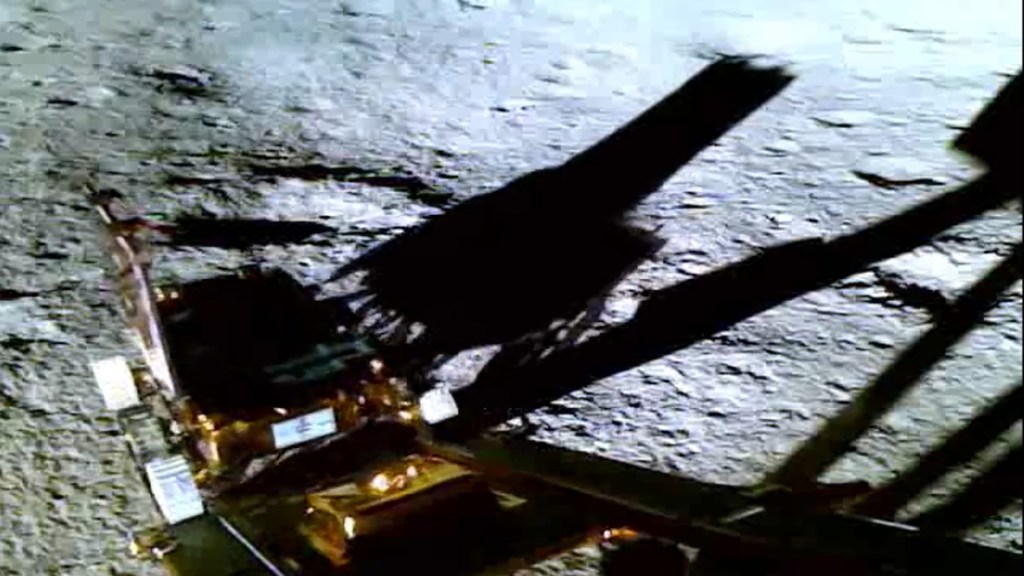Shortly after the successful touchdown of the Vikram Lander on the Moon’s south pole, ISRO announced the roll-out of the Pragyan rover which is currently conducting experiments on the Lunar surface. However, not many know this but the lander and rover are expected to remain functional only till the time there is daylight on the lunar surface.
So what happens after the Moon loses this daylight? Do Vikram and Pragyan become inactive? Will the experiments continue? Let’s break it down.
Moon’s Shadow Play: Vikram and Pragyan’s Journey Beyond Daylight
Vikram and Pragyan, operate using solar power and are designed for a mission duration of approximately one lunar day, which is equivalent to around 14 Earth days. This timeframe is crucial as it ensures a continuous supply of sunlight, essential for the success of the mission. The moon’s most recent cycle of sunlight began on August 23, prompting ISRO to select this date for the soft landing.
Chandrayaan-3 will conduct a range of experiments such as analyzing the lunar surface’s mineral composition using a spectrometer. However, what unfolds for the lunar mission and its components once this 14-day period elapses?
Following the initial 14-day period, the moon will experience a 14-day lunar night, reportedly causing lunar surface temperatures to drop approximately to minus-180° Celsius. This extreme cold renders any technology exposed to it frozen and inoperable. During this phase, Vikram and Pragyan, who are reliant on sunlight for operation, might enter a state of inactivity. Nevertheless, ISRO scientists have not dismissed the potential for the duo to come back to life once the sun reemerges on the lunar horizon.
The Fate of Vikram and Pragyan
After successfully concluding the lunar mission, both Vikram and Pragyan will remain permanently stationed on the Moon. They are not returning back to the Earth.
However, over time, they will gradually lose their functionality. It’s important to note that ISRO has not yet formulated any plans for their revival or retrieval.
